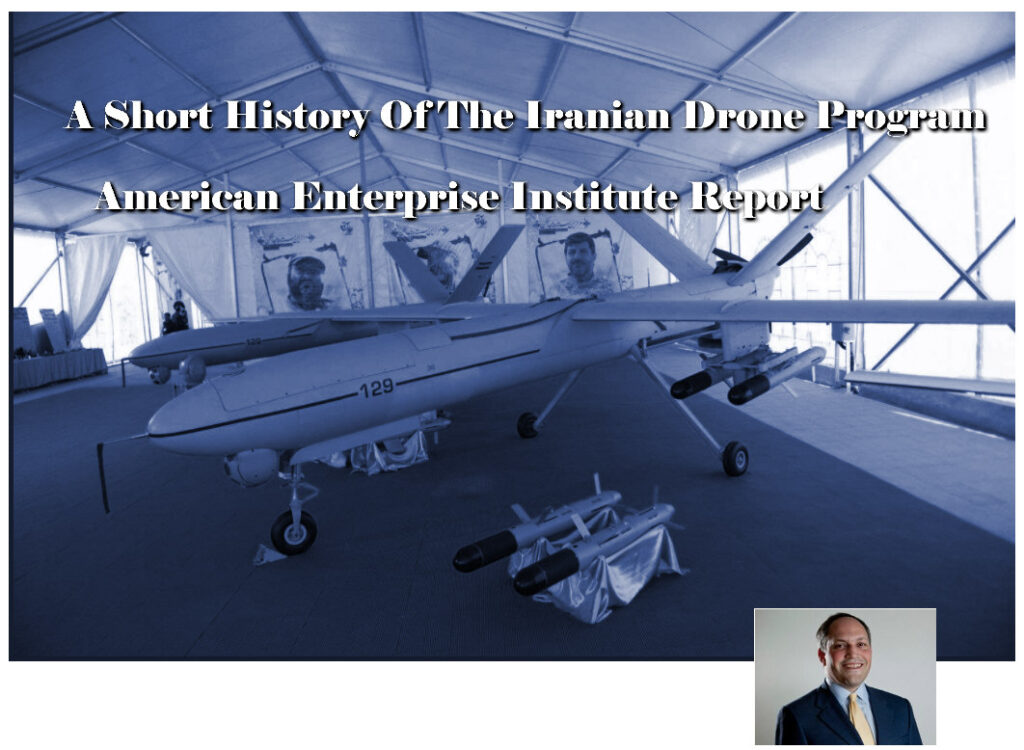
By Michael Rubin Key Points
Iran has embraced unmanned aerial vehicles (UAVs) as a major pillar of its military strategy.
Iranian officials may exaggerate their capabilities, but Western analysts should not dismiss the threat posed by Iranian drones. Iranian authorities have invested in and experimented with drones for 35 years.
Iranian authorities use drones for two main purposes: surveillance and attack. Iranian controllers now have the ability to conduct missions over the horizon and in most weather. Attack drones fall in two categories: Those with the ability to drop bombs or launch missiles and return to base and “kamikaze” drones that seek targets of opportunity. Iranian authorities have had more success with the latter.
The biggest danger posed by Iranian UAVs, however, in years to come may be the result of Iranian proliferation of its drones to proxy groups, such as Lebanese Hezbollah, and the transfer of the ability to manufacture those drones. This will create some ambiguity in the operational environment as uncertainty about the identity of the drone’s controller can undercut momentum to hold that controlling country or group to account. This ability to escape accountability might actually make the use of drones more likely in surprise and terrorist attacks in the coming years.




